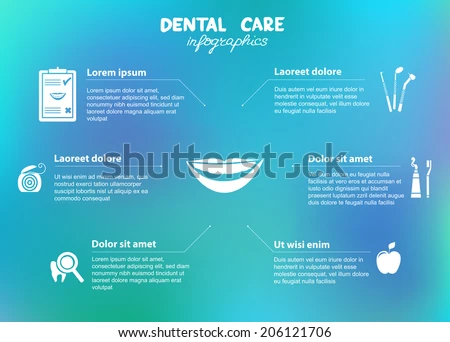The Progression Of Oral Surgery: Cutting-Edge Innovations And Advancements Affecting The Field
The Progression Of Oral Surgery: Cutting-Edge Innovations And Advancements Affecting The Field
Blog Article
Author-Johannsen Guerra
Welcome to the globe of dental surgery, where advancements and advances are shaping the future of the field! In this exciting world, you'll witness the transformative power of robotics, the cutting-edge marvel of 3D printing, and the game-changing effect of minimally intrusive techniques.
The future of dental surgery holds a guarantee of precision, performance, and boosted client end results. With the help of sophisticated robotics, cosmetic surgeons are able to perform complex treatments with greater precision and control.
3D printing innovation is reinventing the creation of oral implants and prosthetics, using personalized remedies that fit flawlessly into each client's one-of-a-kind composition.
Furthermore, minimally dental implant dentist are decreasing post-operative pain and recuperation time, allowing clients to go back to their lives earlier.
Prepare yourself to check out the interesting developments and developments that are reshaping the landscape of dental surgery!
Developments in Robotics
One major development in dental surgery is making use of robot modern technology, which permits precise and effective operations. With the help of robot systems, dental cosmetic surgeons have the capability to do complicated surgeries with boosted precision, minimizing the risk of human mistake.
These robotic systems are geared up with innovative imaging technology and precise instruments that allow surgeons to navigate with intricate anatomical frameworks with ease. By utilizing https://louiszpfws.digitollblog.com/32821573/children-and-preventative-dental-care-what-moms-and-dads-ought-to-know , cosmetic surgeons can achieve greater surgical precision, causing boosted patient end results and faster recuperation times.
Additionally, making use of robotics in oral surgery allows for minimally invasive procedures, lowering the injury to bordering cells and advertising faster recovery.
3D Printing in Dental Surgery
To boost the field of oral surgery, you can check out the subtopic of 3D printing in oral surgery. This innovative modern technology has the possible to change the way dental cosmetic surgeons run and treat individuals. Below are 4 essential methods which 3D printing is forming the field:
- ** Customized Surgical Guides **: 3D printing enables the production of extremely accurate and patient-specific surgical overviews, boosting the accuracy and efficiency of procedures.
- ** Implant Prosthetics **: With 3D printing, oral cosmetic surgeons can create tailored implant prosthetics that flawlessly fit a patient's one-of-a-kind makeup, leading to much better results and patient fulfillment.
- ** Bone Grafting **: 3D printing allows the production of patient-specific bone grafts, lowering the demand for typical grafting techniques and boosting recovery and recuperation time.
- ** Education and Educating **: 3D printing can be utilized to develop sensible surgical versions for educational objectives, permitting oral surgeons to exercise complex procedures before doing them on people.
With its prospective to improve accuracy, personalization, and training, 3D printing is an amazing growth in the field of dental surgery.
Minimally Intrusive Strategies
To additionally progress the area of oral surgery, embrace the possibility of minimally intrusive techniques that can greatly benefit both doctors and people alike.
Minimally invasive techniques are transforming the area by reducing medical trauma, decreasing post-operative pain, and accelerating the recuperation procedure. These strategies entail making use of smaller lacerations and specialized tools to carry out treatments with precision and efficiency.
By utilizing sophisticated imaging technology, such as cone beam computed tomography (CBCT), doctors can properly plan and perform surgical treatments with minimal invasiveness.
In addition, using lasers in oral surgery enables specific tissue cutting and coagulation, resulting in reduced bleeding and reduced healing time.
With minimally intrusive techniques, clients can experience quicker healing, reduced scarring, and improved end results, making it a crucial element of the future of dental surgery.
Verdict
So, as you can see, the future of dental surgery is unbelievably appealing, with amazing advancements and advancements forming the area.
From the innovations in robotics to the use of 3D printing and minimally invasive methods, dental specialists are changing the method they offer care.
While some might fret about the potential expense related to these developments, it is very important to bear in mind that these innovations ultimately boost patient results and minimize recuperation time, making them well worth the investment in the long run.
